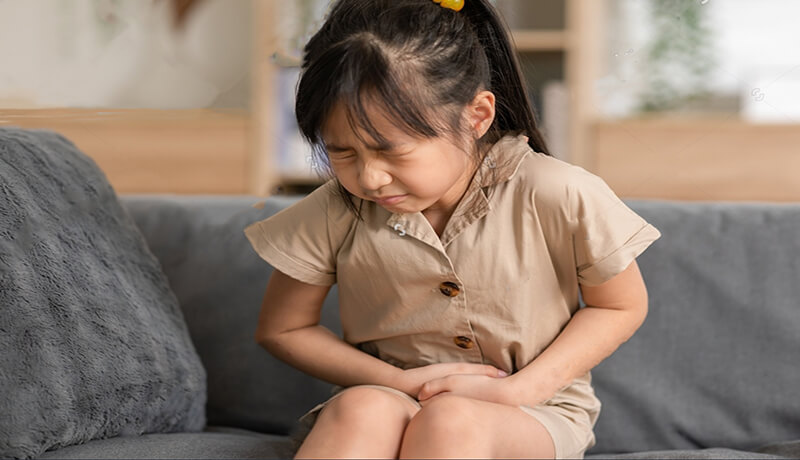Childhood UTI Treatment Prevention
Childhood UTI Treatment Prevention: A Complete Guide
Kids UTI: Causes and Types
A urinary tract infection (UTI) occurs when bacteria infect parts of the urinary system, including the bladder, known as cystitis, or the kidneys, referred to as pyelonephritis. In some cases, both areas can be affected.
Urinary tract infections (UTIs) are bacterial infections affecting the bladder (cystitis), kidneys (pyelonephritis), or both. They’re common in children, often due to structural abnormalities in the urinary system. Symptoms vary by age: infants primarily show fever, while older children experience painful urination and bladder discomfort. UTIs are diagnosed through urine examination and culture. Good hygiene can help prevent them, and antibiotics treat the infection. In severe cases, bacteria can spread, leading to sepsis. Boys are more prone to UTIs in infancy, but after that, girls are at higher risk due to shorter urethras. Structural abnormalities like vesicoureteral reflux increase susceptibility in younger children. Repeated kidney infections can lead to scarring, potentially causing long-term issues like high blood pressure and kidney impairment.
Recognizing Symptoms of UTIs in Children
Newborns with UTIs often have symptoms like fever, poor eating or growth, sluggishness, vomiting, or diarrhea, putting them at risk for sepsis. Infants and kids under 2 may experience fever, vomiting, diarrhea, abdominal pain, or foul-smelling urine.
For children older than 2, UTI symptoms are similar to those in adults. Bladder infections might cause pain during urination, frequent and urgent urges to pee, bladder discomfort, difficulty in urinating, incontinence, and foul-smelling urine. Symptoms of kidney infections include side or back pain, high fever, chills, and a general feeling of unwellness.
Kids with abnormalities in their urinary tract could exhibit signs like an abdominal mass, enlarged kidneys, urethral issues, spinal deformities, urine blockages, or challenges with bladder control due to nerve-related problems.
Diagnosis Techniques for Pediatric UTIs
Doctors diagnose UTIs by doing urine tests and sometimes imaging and blood tests. They look for bacteria and white blood cells in the urine. For young children, they might use a catheter to get a urine sample. Older children often use the clean-catch method. Sometimes, doctors collect urine in a bag, but this might not always be accurate.
Imaging tests like ultrasound, VCUG, or scans can spot problems in the urinary system. Blood tests check for signs of infection, especially in the kidneys. In serious cases or for babies, doctors also do blood cultures.
Childhood UTI Prevention Methods
Kids who receive proper treatment for UTIs typically don’t face kidney issues, unless they have serious urinary tract problems. Frequent UTIs, especially with severe vesicoureteral reflux (VUR), can damage the kidneys, leading to high blood pressure and chronic kidney conditions. Good hygiene is key in preventing UTIs. Girls should always wipe from front to back after toileting. Avoiding bubble baths is beneficial, as they can irritate the urethra. Circumcision greatly reduces UTI risks in infant boys. Regular urination and managing bowel movements, including addressing serious constipation, also help in reducing the risk of UTIs.
Treatment Strategies for Childhood Urinary Infections
Doctors primarily treat Childhood UTI Preventions with antibiotics. In severe cases or when initial test results are positive, they administer antibiotics immediately, even before receiving culture results. Health professionals give severely ill children and newborns antibiotics through injections. In contrast, others take oral antibiotics, typically for 7 to 10 days. Children who are waiting for tests to check for urinary tract structural abnormalities often continue taking a lower dose of antibiotics.
Children with structural urinary abnormalities sometimes need surgery. In other cases, they require ongoing antibiotics to prevent infections. Surgeons often perform surgery for severe vesicoureteral reflux (VUR), with patients receiving antibiotics until the procedure. Mild to moderate VUR might resolve without any treatment.


